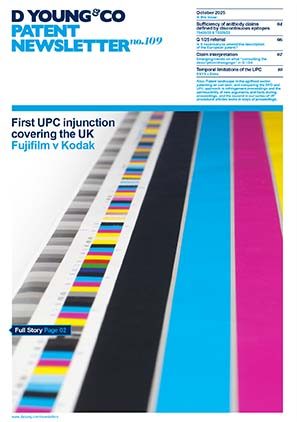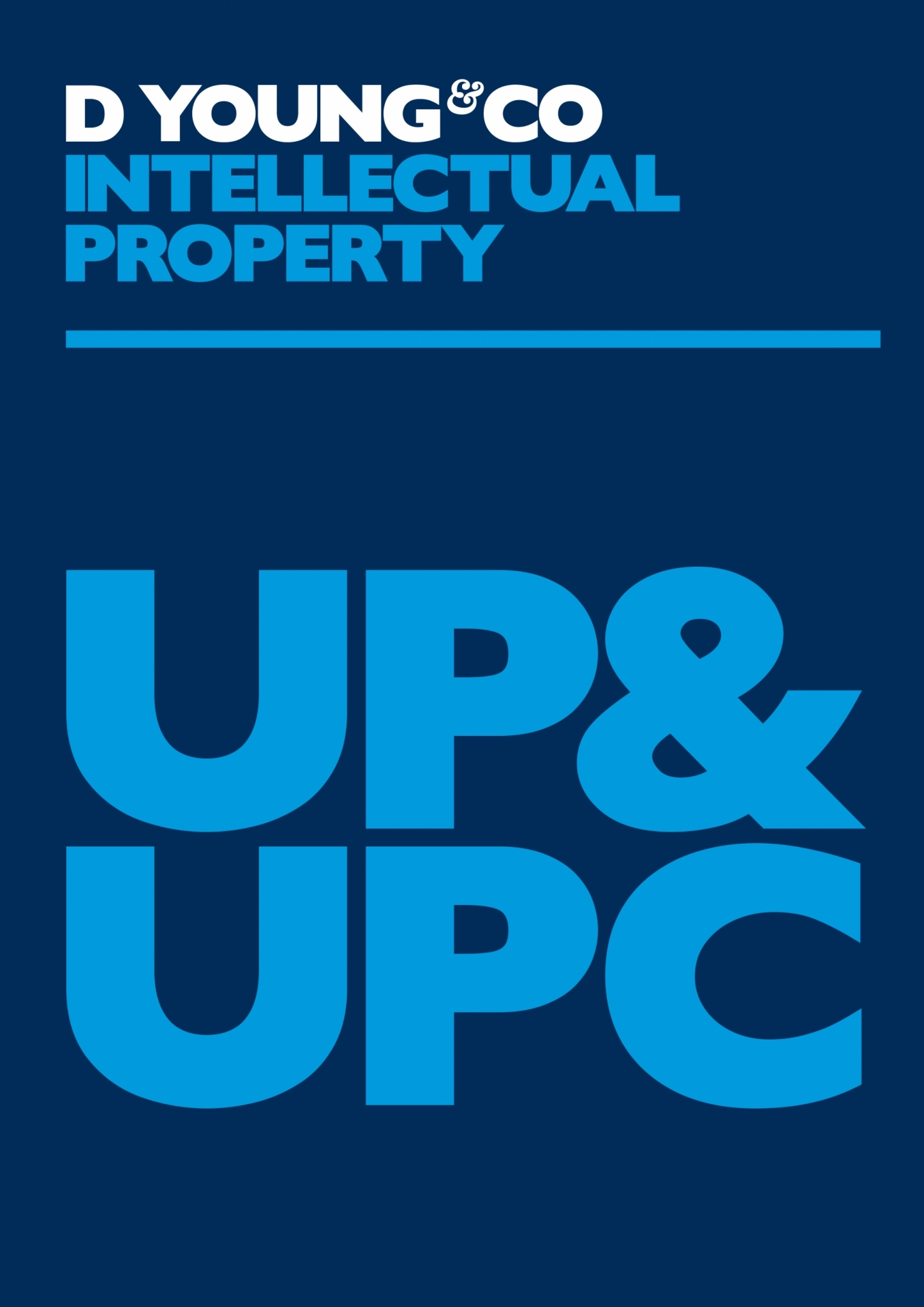Added matter at the UPC: Samsung succeeds in revocation of Headwater patents
Samsung has emerged triumphant in revocation counterclaims against Headwater’s patents EP3110069 and EP2391947 at the UPC’s Düsseldorf and Munich Local Divisions, respectively. We take a look at the courts’ approach to the assessment of added subject matter in both cases, and how the reasoning of the courts fits with the UPC’s jurisprudence on added subject matter.
Background
The dispute between Headwater and Samsung centres around a data saving functionality in Samsung’s mobile communication devices, including its flagship Galaxy smartphones, and whether it infringed various Headwater patents. Headwater initially took the upper hand in the dispute when it was awarded more than $278 million in damages in the US by a Texas District Court.
Both parties recently came to a settlement agreement in the US, but not before the dispute made its way to Europe, with Headwater bringing infringement actions against Samsung at the UPC’s Munich and Düsseldorf Local Divisions. Unsurprisingly, Samsung responded with a counterclaim for revocation at both venues.
Düsseldorf (UPC_CFI_26/2024)
Samsung’s added subject matter arguments in the counterclaim for revocation before the Düsseldorf Local Division centred on two features in granted claim 1, which were alleged to be absent from the parent application as filed, contravening Article 76(1) EPC.
In particular, Samsung alleged that the parent application required that the processor determines whether a network service usage activity is running in the background, while granted claim 1 of EP3110069 requires that the processor determines whether a device application is running in the background. Headwater’s response throughout proceedings focused on Figure 27 and a corresponding passage in the application as filed.
The court rejected Headwater’s reasoning, and also rejected a new line of argument presented by Headwater for the first time at the oral hearing. The court noted that the added subject matter issue had been part of the proceedings from the start, and Headwater’s attempt to rely on completely different sections of the description as basis for the granted claims could not be allowed. This, the court held, would contravene the UPC’s drive for a front-loaded procedure, and neither the court nor Samsung could be expected to deal with the new arguments introduced at such a late stage.
The Düsseldorf Local Division drew attention to the fact that Headwater’s new arguments were based on three completely separate parts of a 200-page description that had never been mentioned before in the dispute over added subject matter. The court held that, if Headwater had intended to rely on these parts of the disclosure, it could have easily done so much earlier in proceedings.
In view of the court’s acceptance that the claims contained added subject matter, the other grounds of invalidity raised by Samsung and Headwater’s infringement case were not considered.
Munich (UPC_CFI_54/2024; UPC_CFI_396/2024)
Turning to the counterclaim for revocation before the Munich Local Division, Samsung’s added matter attack stemmed from Headwater’s decision on entry into the European regional phase to completely replace the PCT claims as filed with a new set of claims. Though the Munich Local Division did not consider this per se to constitute added subject matter, Headwater’s decision to make wholesale changes to the claims in this way caused difficulties when the new claims were closely examined by the Munich Local Division.
The added subject matter issues began with the omission of a verification step from granted claim 1. Headwater considered this feature to be optional, citing a number of passages in the description in support of this position. The Munich Local Division discussed each of these passages at some length in its decision, ultimately deciding that the invention originally disclosed in the PCT application as filed was directed to a “verifiable device-assisted service policy implementation”, and that the verification step was essential for achieving the overall aim and effect of the invention.
The court also found that granted claim 1 was made up of features that were not directly and unambiguously disclosed in combination in the application as originally filed. In coming to this conclusion, the court highlighted the absence of an example, figure or embodiment in the description that disclosed the combination of features as claimed. This was despite the presence of more than 1000 instances of the term “in some embodiments” over more than 300 pages accompanied by 64 “elaborate” figures.
The Munich Local Division therefore did not consider Samsung’s other validity arguments, and did not consider Headwater’s infringement action, revoking EP2391947 on the ground of added subject matter.
Conclusions
Both decisions cited the UPC Court of Appeal decision in Abbott v Sibio (UPC_CoA_382/2024), a landmark case in shaping the UPC’s approach to added subject matter.
We have previously reported (see related articles) that the UPC Court of Appeal placed a heavier emphasis on accounting for implicitly disclosed subject matter than the EPO, which might lead to a more lenient approach. Indeed, in the present Headwater v Samsung cases, the courts followed the teaching of Abbot v Sibio, discussing at length the basis cited by the proprietor within the context of the broader context of the description, but still finding that the claims add matter. As such, the present cases demonstrate that, despite the increased emphasis on consideration of the disclosure of the application as a whole, the UPC will not allow patentees free reign to combine embodiments from across the description. In this way, the UPC appears to be following the EPO’s well-known principle that the application as filed cannot be used as a “reservoir” from which separate embodiments can be artificially combined.
It is interesting, though, that both decisions highlight the sheer volume of information presented in the description of both patents, serving as a timely reminder that incorporating logical and clear fall-back positions at the drafting stage can prove crucial years later when a patent is enforced. This is perhaps only going to become more apparent given the UPC’s keen eye on keeping the number of auxiliary requests “reasonable” in proceedings. Had there been a more cohesive structure to the way in which the various embodiments of each invention were presented, we may be analysing a completely different outcome.
Another point of interest is the “beyond (reasonable) doubt” test that was mentioned in the decision of the Düsseldorf Local Division. This language echoes that of another decision from the Düsseldorf Local Division in Fujifilm v Kodak (UPC_CFI_355/2023), where it was held that it had to be shown “beyond doubt” that an amendment did not add matter. Though this test was only mentioned and not explicitly applied in Headwater v Samsung, it is evidence of an emerging theme at the Düsseldorf Local Division. In Fujifilm v Kodak, it was decided that the “beyond doubt” standard had not been met, because it seemed “doubtful that the skilled person would doubtlessly arrive at the claimed combination”. Time will tell whether this test will lead to different outcomes compared to corresponding UPC proceedings.
It also remains to be seen whether the Düsseldorf Local Division’s “beyond (reasonable) doubt” test for added subject matter will permeate to the other UPC courts, or whether the Düsseldorf Local Division will become an outlier in applying this test. It would have been interesting to gauge the UPC Court of Appeal’s opinion on the Düsseldorf Local Division’s divergent test, but an appeal now appears far less likely in view of the agreed settlement between Samsung and Headwater in the US. We will therefore monitor the decisions of the Düsseldorf Local Division with a close eye on whether this modified test persists.


